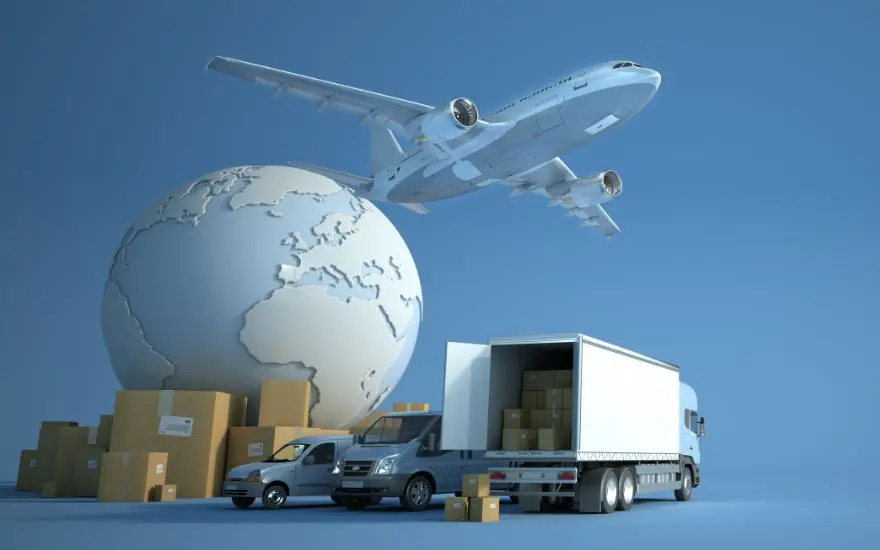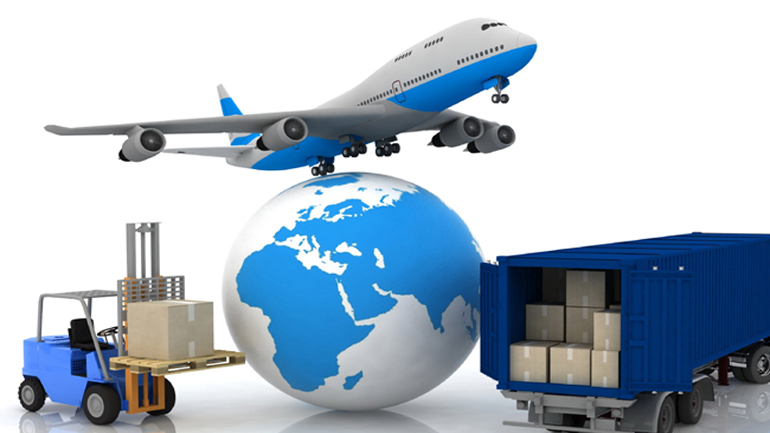
International cargo services rely on various modes of transportation to move goods and commodities across borders efficiently and cost-effectively. The choice of transportation mode depends on factors such as the nature of the cargo, distance, time sensitivity, cost considerations, and environmental impact.
1. Container Shipping : This is the most common mode for international cargo. Goods are packed into standardized containers, making it easy to load and unload from ships. It's cost-effective for bulky and non-perishable goods but slower than other modes.
2. Bulk Shipping : Ideal for commodities like oil, grains, and minerals, where goods are loaded directly onto ships without containers. It's cost-effective but limited to specific cargo types.
1. Air Cargo : This mode is the fastest but also the most expensive. It's suitable for high-value, time-sensitive, and perishable goods, such as electronics, pharmaceuticals, and fresh produce.
2. Charter Services : For extremely time-sensitive or oversized cargo, chartering an entire aircraft can be an option.
Intermodal Transportation : Combining rail with other modes (e.g., truck or ocean) can provide a cost-effective and environmentally friendly option for long-distance transportation, especially in regions with developed rail networks.
1. Trucking : For shorter distances or regions without easy access to other modes of transportation, trucks are used. They are flexible and can reach remote areas.
2. Truck and Trailer : Articulated trucks with trailers are used for larger cargo loads.
Pipeline Transport : Primarily used for transporting liquids and gases, such as oil and natural gas. It's a specialized mode, mainly for specific industries.

Combining Modes : Often, international cargo services utilize a combination of modes for efficiency and cost savings. This can be termed as intermodal or multimodal transportation.
Express Couriers: Companies like FedEx, UPS, and DHL offer international shipping services for small packages and documents, often using air freight.
Barge Transport : Suitable for transporting goods on rivers and canals, especially for bulk cargo like coal, grains, and aggregates.
Postal Services : National postal services offer international shipping for small parcels and documents, often using a combination of road, air, and sea transport.
Digital Freight Platforms : Emerging technologies enable online booking and tracking of shipments, making it easier to choose and manage transportation options.
Choosing the right mode of transportation depends on factors such as cost, speed, security, and the nature of the cargo. Many logistics companies offer a mix of these transportation modes to provide the most efficient and cost-effective solutions for their customers. Additionally, environmental considerations are becoming increasingly important, with a growing focus on reducing emissions and adopting more sustainable transportation methods.